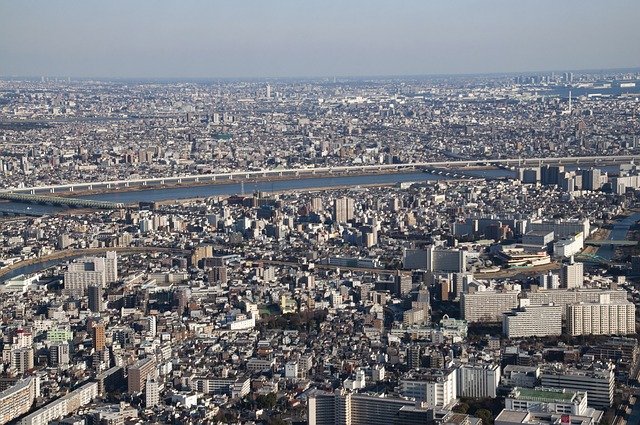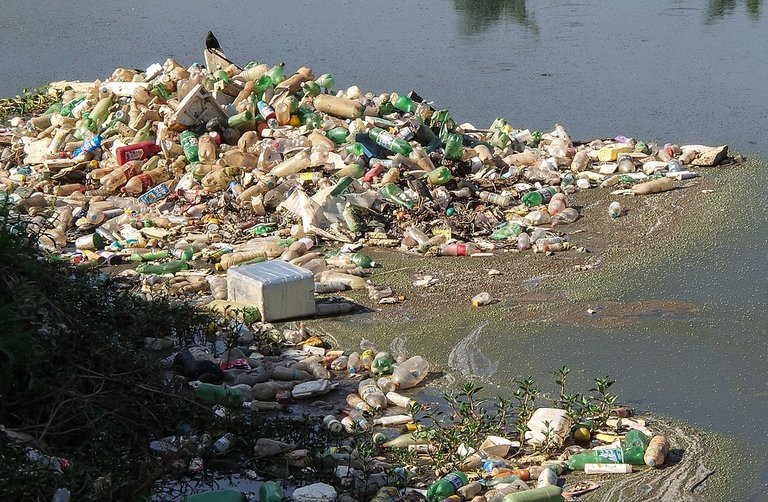urban sprawling and biological health
Urban sprawling refers to the expansion of poorly orchestrated, low-density, auto-dependent development, which spreads out over sizably voluminous quantities of land, putting long distances between homes, stores, and work and engendering a high segregation between residential and commercial uses with inimical impacts on the people living in these areas and the ecosystems and wildlife that have been displaced

While some animals are quite adept at acclimating to their land areas being compromised due to sprawl, others in the natural ecosystem are more sensitive. The more houses and divest malls that get built, the less natural habitats for the flora and fauna.


Although some would argue that urban sprawl has its benefits, such as creating local economic growth, urban sprawl has many negative consequences for residents and the environment, such as higher water and air pollution, increased traffic fatalities and jams, loss of agricultural capacity, increased runoff into rivers and lakes, harmful effects on human health, increased flooding, decrease in social capital and loss of natural habitats.

The issue of urban sprawl is a contentious and polarizing one, as people seem to either love or hate it. The fact remains, however, that it remains a permanent fixture, with cities growing exponentially in terms of geographic area.
People who live in sprawling, urban fringe areas tend to have more space, as houses are spaced out on larger tracts of land. Granted, it's not quite rural in nature, but it offers much more breathing room than a crowded city block full of apartments. Not only is there more space, but the cost of the land is much cheaper, meaning that residents save money. A comparable residence within the higher-density city limits would probably cost more.
The more sprawling a city becomes, the more cars become a necessity. Bus lines, monorails and other forms of mass transit are available in the city, but not so much in the suburbs. Even a quick trip to the grocery store or the hair salon requires the use of a car. More traffic means more emissions, which is bad for the environment.
In nature, denoting that you won't optically discern a house contiguous to a bowling alley. Commercial, residential and industrial areas are all segregated, designating that denizens in their homes are less exposed to potential public nuisances such as strepitous nightclubs etc.
All images are free and taken from pixabay.
thanks for reading.
Resources
https://classroom.synonym.com/advantages-and-disadvantages-of-urban-sprawl-12083747.html